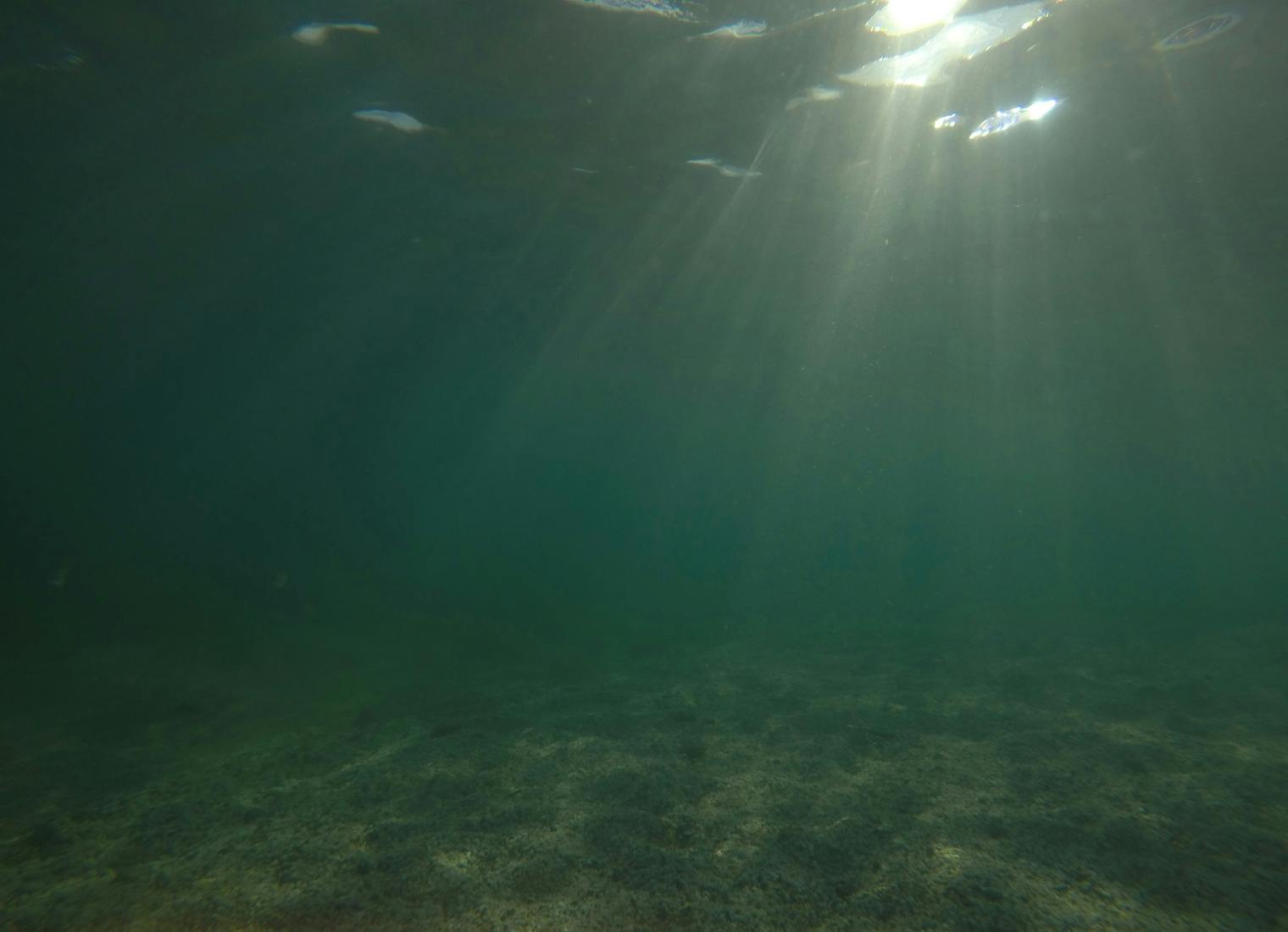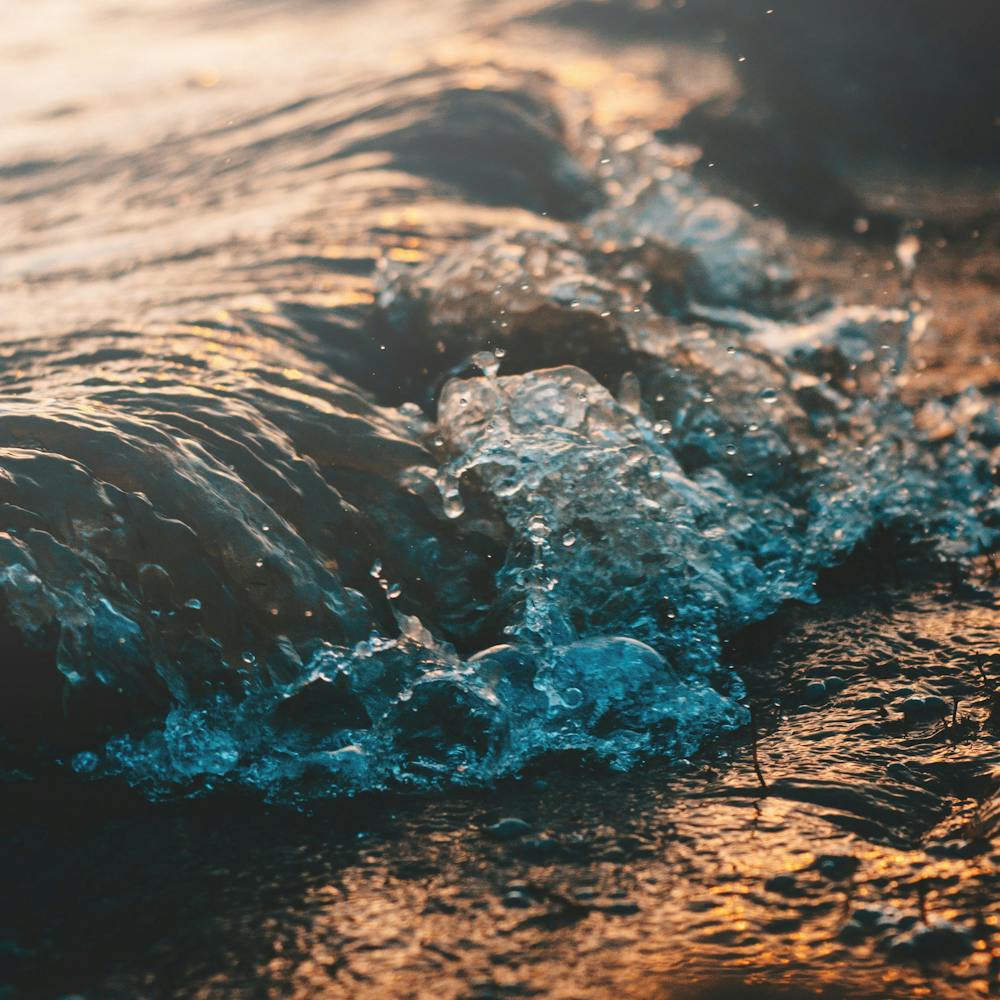Free Shipping on orders of $49+ | Signup for Direct Rewards
Free Shipping on orders of $49+ | Free Store Pickup | Signup for Direct Rewards
Free Shipping on orders of $49+ | Signup for Direct Rewards
Free Shipping on orders of $49+ | Free Store Pickup | Signup for Direct Rewards

Whether you're an experienced diver or new to the world of scuba, understanding diving conditions is key to a safe and enjoyable underwater experience. Before diving, it's important to be aware of factors like currents, visibility, temperature, and tides, as each one plays a vital role in the success and safety of your dive.
Weather plays a crucial role in nearly all activities, including diving. Most people prefer to stay home during a storm, and diving in overcast skies and strong winds isn't the safest option. Adhering to the rule of never diving beyond your limits also applies to pre-dive conditions. If you’re planning a dive and the weather is less than ideal—featuring strong winds, heavy rain, lighting, and rough waves—it's wise to postpone and wait for better conditions. Safety should always come first, but having an enjoyable dive is also important. Don’t just rely on a quick glance outside; check the weather forecast, as conditions, especially in places like Florida, can change rapidly. Surface weather elements such as wind, rain, and sunlight can significantly impact the water’s surface and, consequently, the diving conditions below. If you’re up for an adventurous dive in stormy weather, diving in the rain itself is generally fine. However, it’s important to be cautious about factors like wind and lightning. It’s best to cancel dives if there is lightning.


Visibility underwater refers to how clear the water is and how far you can see, influenced by factors like water clarity, light penetration, and the presence of particles or plankton. This is a crucial aspect of diving conditions because it directly impacts your experience. One of the joys of scuba diving is observing vibrant corals, marine life, or historic wrecks, and poor visibility can hinder your ability to fully appreciate these wonders. Additionally, visibility affects safety; if you lose sight of your dive buddy in murky water, it can lead to separation. For instance, if you pause to admire a lively anemone and your buddy doesn't see you stop, they might drift away. To avoid this, ensure clear communication with your buddy about your positions, whether you’re side by side or a few feet apart.
Water movement, whether it’s a gentle drift or a strong current, can influence a diver's ability to navigate and hold position. There are two types of currents: surface currents and deep ocean currents. Although surface currents can affect your shore dive, deep ocean currents affect divers more. Currents play a crucial role in diving by affecting movement, safety, and the overall experience. Strong currents can make swimming challenging and increase air consumption, while also posing safety risks like separating divers from their group. That is why most dive charters require divers to have SMBs or safety tubes. Strong currents might make it hard to stay in one spot to observe or photograph. Understanding and adapting to current conditions is essential for a safe and enjoyable dive.


Surge is the back-and-forth movement of water typically caused by waves, and it can make diving more challenging, especially if you plan on shore diving. Entering or exiting the ocean while shore diving can be tough; you might struggle with heavy gear while the surge tumbles you and drags you across the sand. This can lead to losing important equipment, like fins, masks, or even catch bags and spears. The ocean’s unpredictable nature demands careful preparation and adaptation to handle surges effectively. Understanding and preparing for surges is crucial to ensuring a safer and more enjoyable dive experience.
Water temperature can vary based on location, depth, and season, affecting your choice of diving gear. In warm water, a 1mm lycra suit, like the EVO 1mm Wetsuit is ideal, offering skin protection while remaining breathable.
A thicker 3mm wetsuit or more may be necessary in colder water or deeper dives where temperatures drop. Beyond just the wetsuit, it's important to consider your extremities—hands, feet, and head—since they can account for up to 40% of body heat loss. Dressing appropriately for the water temperature ensures comfort and helps maintain your body heat during the dive.
Lastly, the rise and fall of tides can make a dive area shallower or deeper and change how strong the currents are. For example, at Blue Heron Bridge, low tides might expose more of the site and create stronger currents, while high tides can deepen the water and alter current patterns. Similarly, for wreck dives like those involving a shallow wreck, tides can impact the depth and accessibility of the wreck. Checking tide schedules before diving helps you plan better and adjust for changes in conditions, ensuring a safer and more enjoyable dive.
Understanding diving conditions is essential for every diver, as it can make the difference between an exciting dive and a dangerous one. Learning about weather and water conditions helps divers make informed choices before entering the water. Preparation also includes having the right gear and knowing safety protocols, which can reduce risks in challenging conditions.

Hopefully, you now have a better understanding of dive conditions, ensuring unforgettable underwater experiences and the confidence to handle anything that comes your way.
What are the key factors to check before diving?
Before diving, you should check currents, visibility, water temperature, tides, and weather conditions.
How do currents affect my dive?
Currents can impact your ability to control your movement and navigate underwater. Strong currents may require more energy and skill to manage, so it's important to know their strength and direction before diving.
What is the importance of visibility in diving?
Visibility determines how far you can see underwater. Poor visibility can make navigation and spotting marine life difficult, increasing the risk of disorientation. Ideally, aim for clear visibility to ensure a safer and more enjoyable dive.
How does water temperature affect diving?
Water temperature affects your comfort and safety. Cold water can lead to hypothermia if you're not properly insulated, while warm water might require less exposure protection. Always wear appropriate thermal protection based on the water temperature.
Why should I be aware of tides before diving?
Tides can influence currents, water depth, and underwater conditions. Diving during strong tides or near tidal changes can be more challenging and potentially hazardous. Check tidal schedules and plan your dive accordingly.
What weather conditions should I avoid when diving?
Avoid diving in severe weather conditions, including storms, high winds, and lightning. These conditions can create dangerous surface and underwater conditions, increasing the risk of accidents.